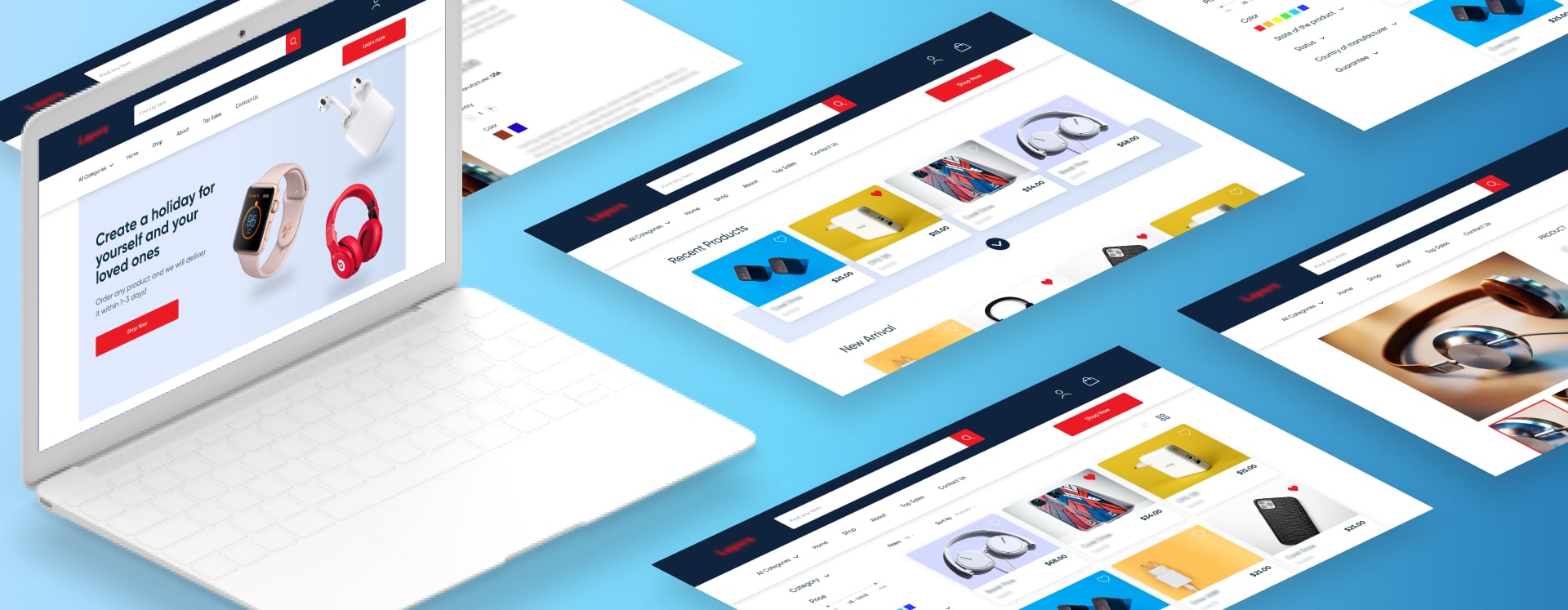
We’d love to work with you
Drop us a line about your idea, project, or challenge.
We’d like to discuss how we can help you.

Explore how our team built an e-commerce marketplace website that provides chatbot-based support 24/7.
4.5 months
3 frontend developers, 3 backend developers, 2 UI/UX designers, 2 quality assurance engineers, project manager, business analyst.
TypeScript, HTML, CSS, React, Redux, Redux-Saga, Storybook, SVG, Python, Django, Node.js, AWS, Elasticsearch, Elastic Load Balancing, AWS Shield, RabbitMQ, Redis, Memcached, CircleCI, PostgreSQL, Braintree API.

Drop us a line about your idea, project, or challenge.
We’d like to discuss how we can help you.